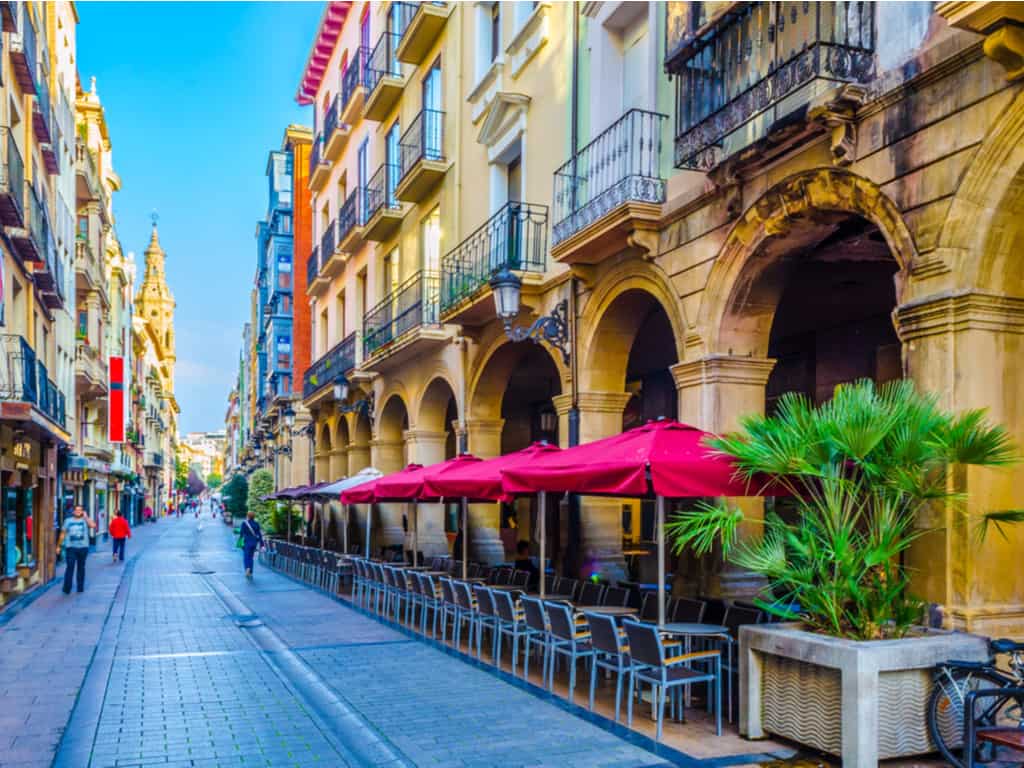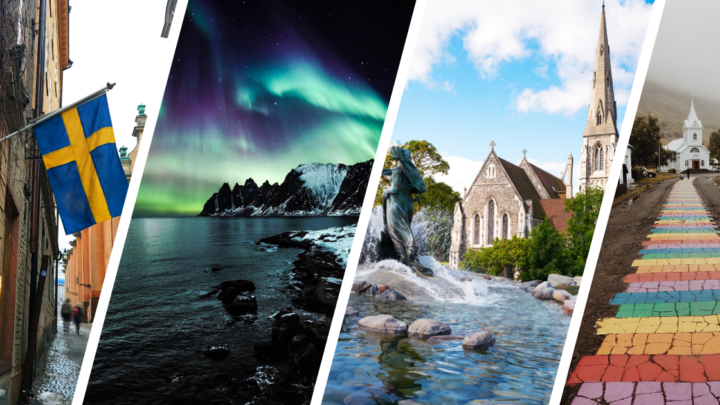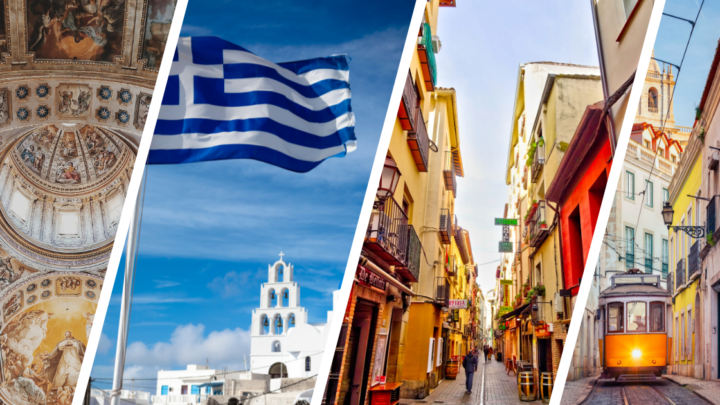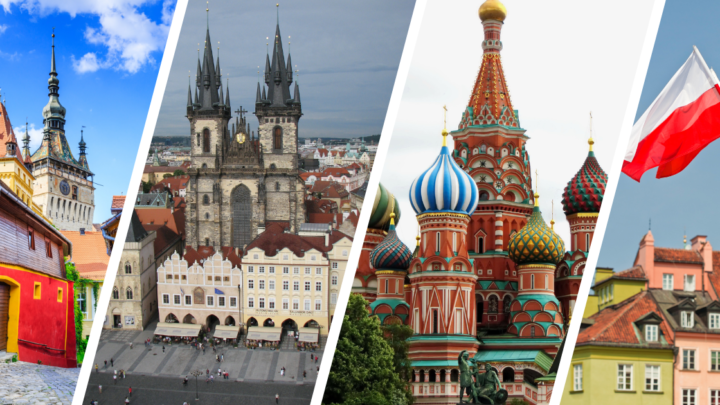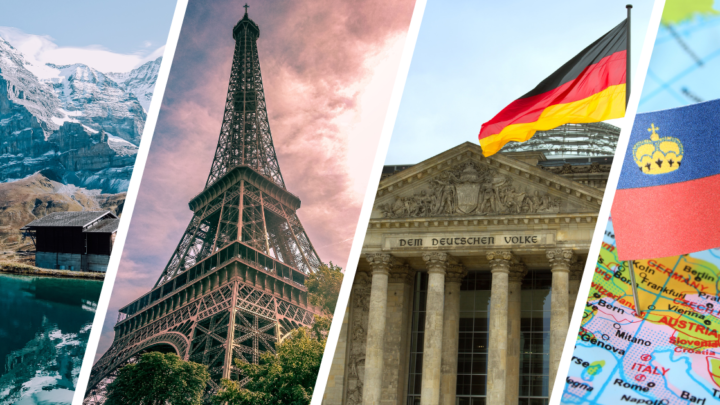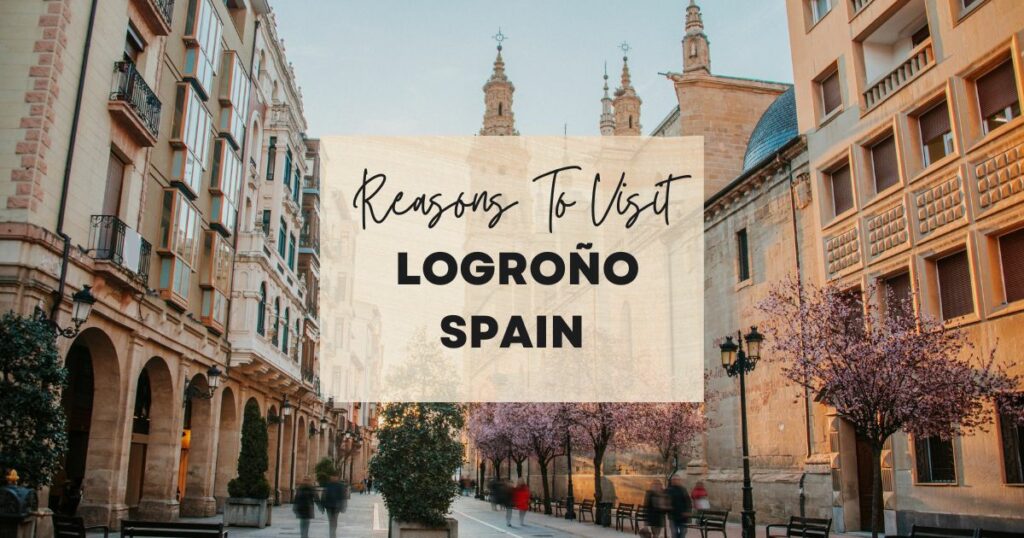Making plans to travel abroad? The Logroño, Spain, is surely a must-visit! Check out the list of the best things to do in Logroño, Spain, and places to go in Logroño, Spain below. Wondrous Drifter is a cutting-edge, Web 3.0 travel startup that aspires to change the world.
Table Of Content
- Bodegas Marqués de Murrieta
- Casa de las Ciencias
- Catedral de Santa María de la Redonda (Pamplona Cathedral)
- Ciudadela de Pamplona
- Haro
- Iglesia de San Bartolomé
- Iglesia de San Saturnino
- Iglesia Imperial de Santa María de Palacio
- La Rioja
- Museo de la Rioja
- Museo de Navarra
- Parque del Espolón
- Pintxos
- Plaza del Castillo
- Puente de Hierro
- Puente de Piedra
- Running of the Bulls
- Sala Amós Salvador
- San Fermín Procession
- San Sebastián
- Sória
- Taconera Gardens
- Teatro Bretón de los Herreros
- Urbasa Andía Natural Park
- Vinos El Peso
- Explore Europe
Bodegas Marqués de Murrieta
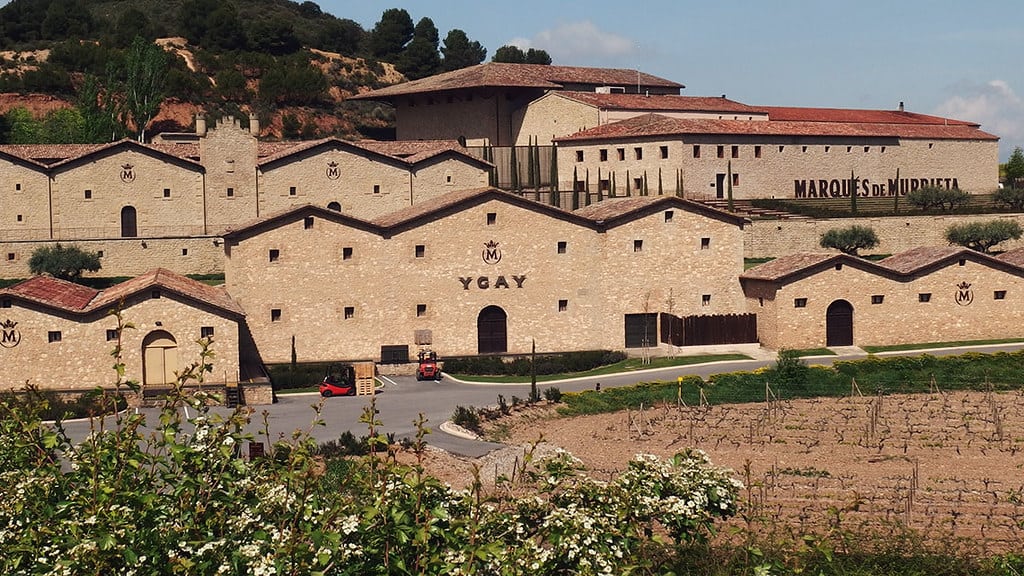
It’s time to become a wine expert!
Although the vast majority of wineries are located in rural areas, Bodegas Marqués de Murrieta is conveniently located on the city’s outskirts.
In 1852, the Marqués de Murrieta established this winery and became the region’s first winemaker. He was responsible for bringing winemaking practices from Bordeaux to La Rioja.
The Marqués de Murrieta brand is always developing fresh ideas that are innovative, game-changing, and forward-thinking.
Ideas assist them in adjusting to the changing times, the evolving needs of new customers, themselves, and their aspirations.
Marqués de Murrieta takes great pride in the fact that their vocation enables them to do what they adore doing in exactly the same way that they adore doing it.
It is the drive to honor the vineyard, each individual grape, every bottle of wine, and each individual glass of wine in every part of the world that they visit.
A trip to La Rioja would be incomplete without at least one encounter with the region’s world-famous wines.
Tour the winery today to learn about the process of making it and sample some of the products.
Address: N-232a Km 402, 26006 Logroño, La Rioja, Spain
Casa de las Ciencias
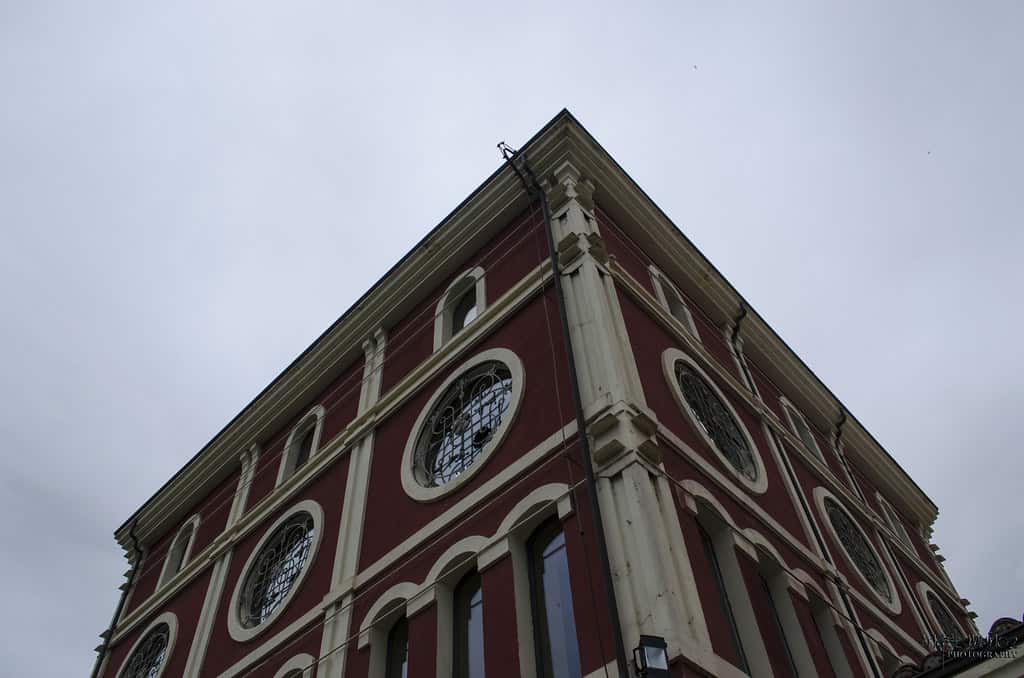
Just let your eyes catch this red and white structure in the city!
Casa de las Ciencias, or the House of Sciences, is a center committed to promoting the culture of science and technology.
It sits close to the River Ebro, between the Stone and Iron Bridges, in front of the city’s Old Town.
The former Municipal Slaughterhouse, designed by architect Luis Barrón in 1910 and renovated for use as the House of Sciences in 1999, now houses the House of Sciences.
This is accomplished by hosting various events, such as workshops, conferences, exhibitions, classes, observations, scientific demonstrations, and projections.
There are a number of rotating exhibits devoted to scientific topics, and there are also weekly workshops that children will enjoy participating in.
Aside from meteorology, geosciences, and physics exhibitions in the Garden of Sciences, there are also a number of other interactive displays.
Don’t miss the learning opportunities you can gain in this place!
Address: C. del Ebro, 1, 26009 Logroño, La Rioja, Spain
Catedral de Santa María de la Redonda (Pamplona Cathedral)
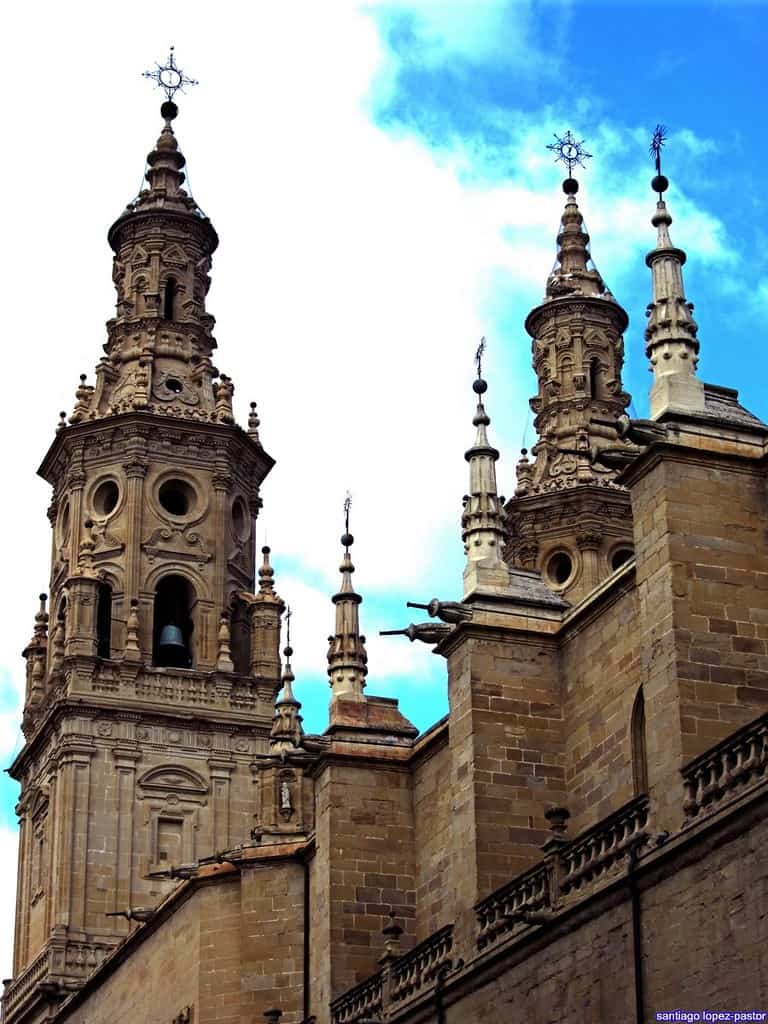
Be amazed by the gaze of these twins.
The Catedral de Santa Maria de la Redonda is a magnificent cathedral originally built in the 15th century and continued to undergo renovations until the 18th century.
Rioja baroque flourishes throughout the church, including the towering gemelas (or “twins”) and the magnificent altarpiece.
The architecture and craftsmanship of this magnificent cathedral reveal the region’s history through its architecture and design.
In addition to the many different altarpieces on show, there are also a few paintings for tourists to see, including one painted by Michelangelo.
Even though there is no charge to enter the church, you might want to bring a few coins worth fifty cents each so that you can turn the lights on in the numerous works of art housed within the structure.
Indeed, you might not want to pass up the opportunity to gain a more in-depth understanding of this work, would you?
Address: C. Portales, 14, 26001 Logroño, La Rioja, Spain
Ciudadela de Pamplona
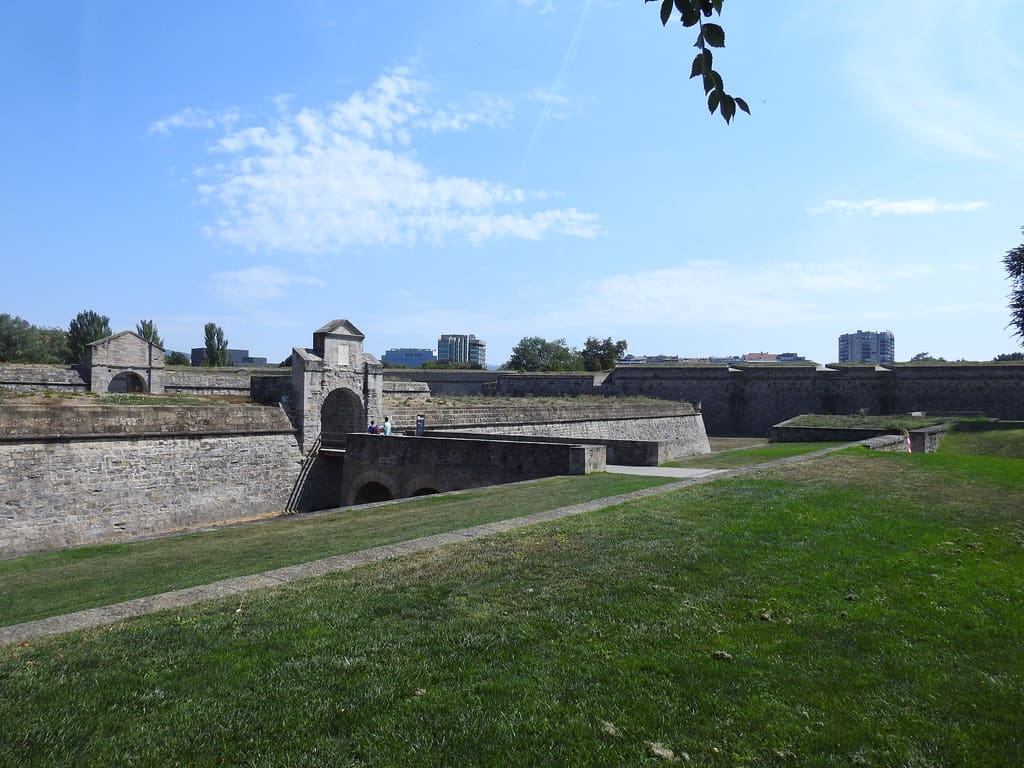
Explore the historic core, boasting the highest level of preservation across Europe!
In 1571, construction on Pamplona’s citadel began as per the modern Renaissance plan, replacing medieval towers with bastions, which protruded from the walls in polygonal parts with no dead zones.
To force the surrender of their defenders, long-term sieges were necessary to breach the bastioned defenses.
Only the world’s most powerful civilizations could afford such vast amounts of money to pursue this method of long-term planning.
The artillery’s increased firepower would eventually put a stop to such massive fortifications.
Fortifications were constructed quickly on top of the peak, which would have had a sweeping view over the Pamplona basin.
To create Pamplona’s first expansion, the bastions of San Antón and La Victoria were razed in 1888.
La Ciudadela’s purpose and gorgeous starry geometry were lost when those who made the decision did not understand military or artistic ideas.
Old military structures now house an inviting park where various exhibitions are exhibited on a rotating basis.
Climb to the peak of San Cristóbal for sweeping views of the city and a glimpse of the massive fortification perched atop.
Address: Av. del Ejército, s/n, 31001 Pamplona, Navarra, Spain
Haro
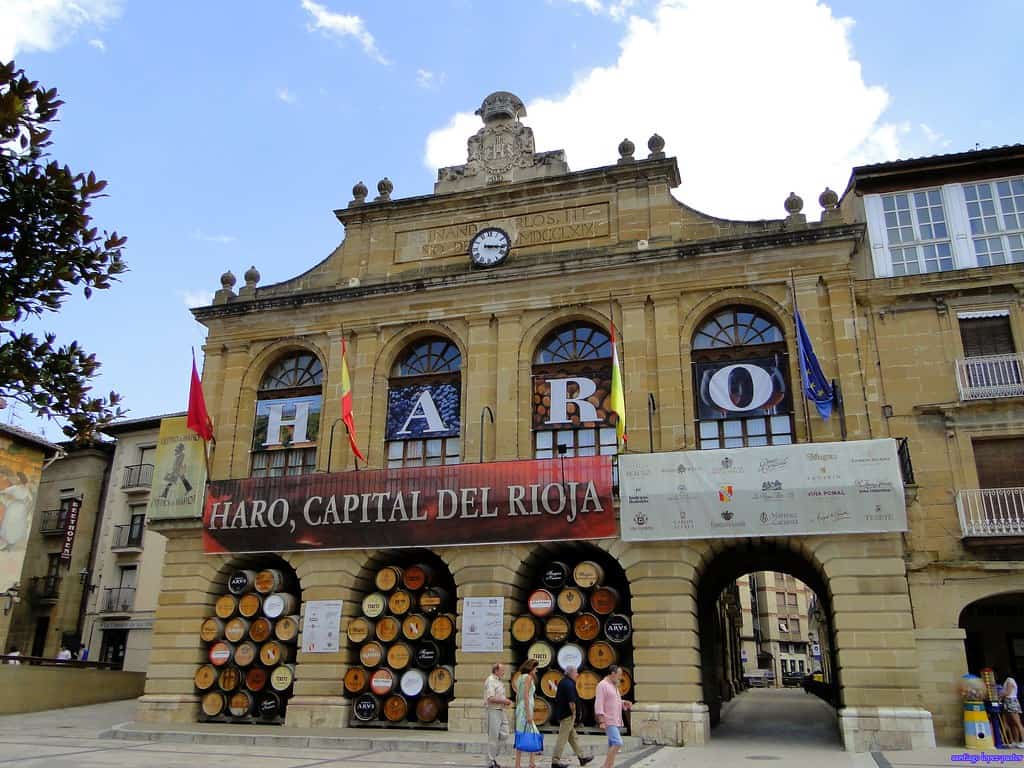
This is the place to go if you want to experience the best of this region’s finest La Rioja wines!
The municipality and town of Haro in Spain can be found in the northernmost part of the independent community of La Rioja.
As the largest town in the Upper Rioja region, Haro serves as the administrative center of the Haro District.
Viniculture and winemaking under the Rioja Designation of Origen excellence designation are the mainstays of the region’s economy.
Each year, hundreds of tourists visit the area’s wineries, which are among its most popular attractions.
The town’s architectural and urban legacy includes the Santo Tomás Church, as well as the various palaces and the old area, which was proclaimed a historic and artistic site in 1975.
These are just a few examples of the town’s architectural and urban legacy.
As a tourist destination, Haro conducts a wine fight that is of national significance; the town’s third-oldest lantern procession; it was the first city in Spain to have electric streetlights, and it was one of seven non-provincial cities to have a bank branch.
A lot of activities are waiting for your arrival, so come and experience things that you haven’t done before!
Address: Haro, La Rioja, Logroño
Iglesia de San Bartolomé
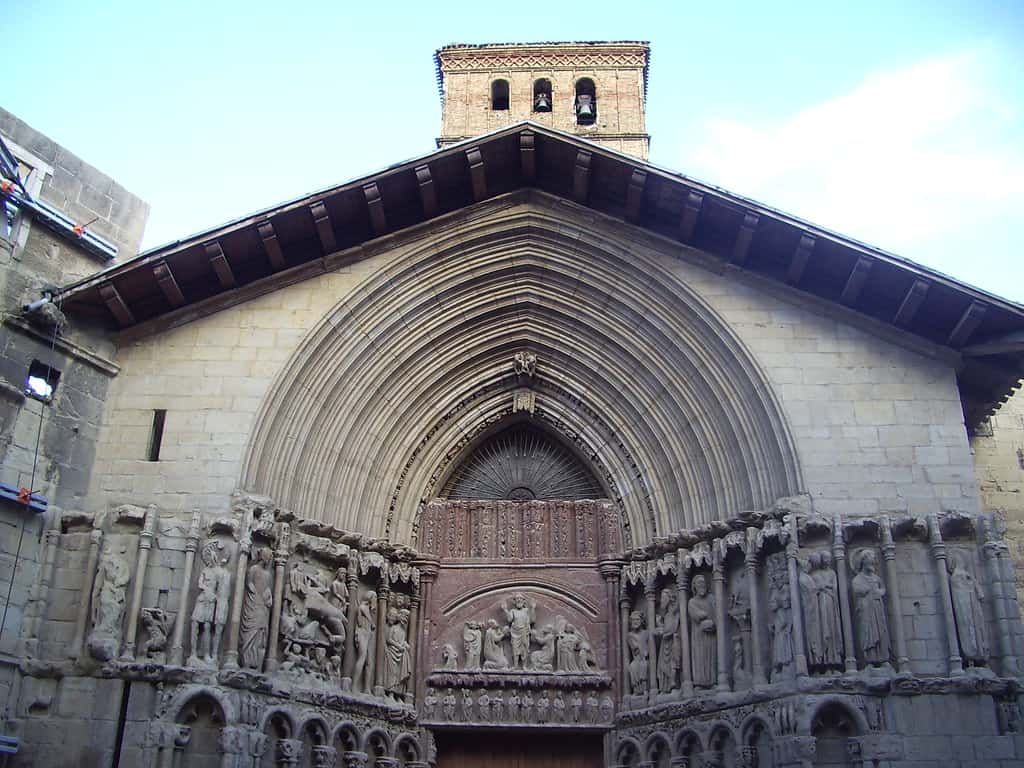
Appreciate the magnificent facade that graces the oldest church in Logrono.
The oldest church in Logrono is the Church of San Bartolomé, built in the 12th century.
It was built in the 13th century, but it still has certain Romanesque elements in its choir and tower.
Additionally, it has a magnificent Gothic gateway from the 14th century with Romanesque sculptures depicting the saint’s life and other Bible passages.
It features a stunning facade adorned with exquisite stone carvings.
Still, its most notable feature is its bell tower, which was built as part of the old city wall and served as both a defensive and a monitoring post.
A portion of the old city wall, including the bell tower, still stands today.
Located on the central altarpiece, the first two sections are made of ashlar masonry coupled with brick dating back to the middle ages.
The last two sections are made of brick and ornamented with bands of rhombuses dating back to the 16th century and are done in the Mudejar style.
Since 1866, it has been designated a national monument. Visitors should try to go up the tower to experience some of the city’s best panoramas!
Address: C. San Bartolomé, 2, 26001 Logroño, La Rioja, Spain
Iglesia de San Saturnino
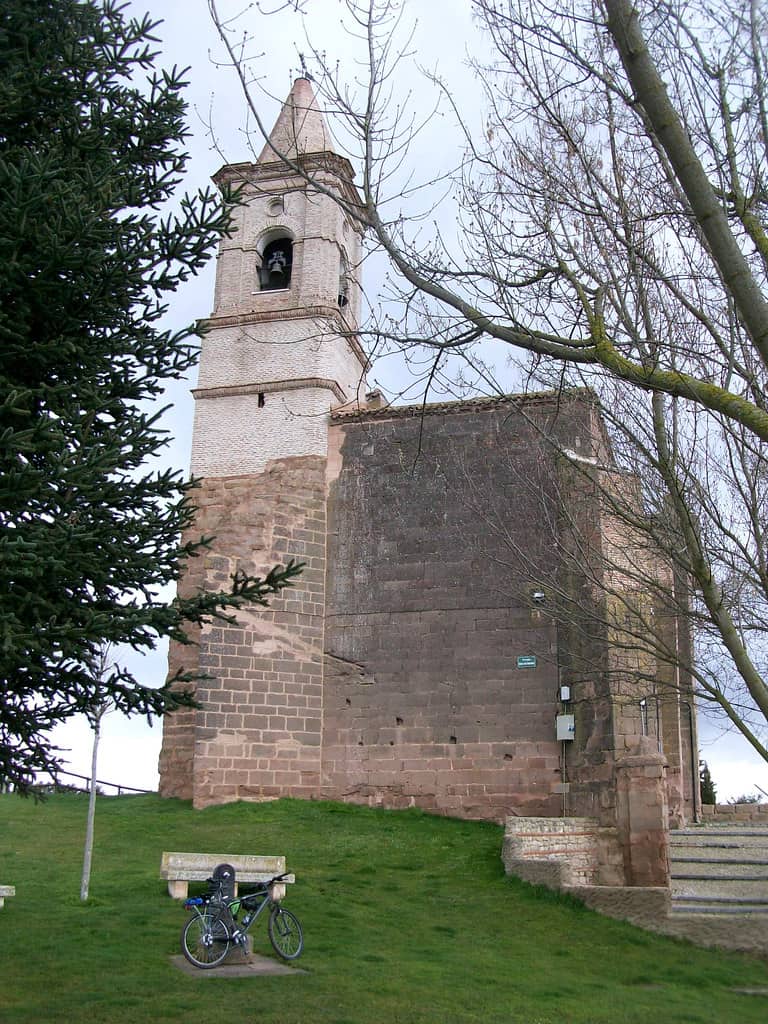
Find out how the three neighboring towns came to be a city.
Pamplona was composed of three small “burgos” that were joined together.
The evidence may be found in this Gothic church, which dates back to the 13th century and serves as the parish of San Cernin.
There is a reason this church appears like a fort; it was used for defense during neighborhood conflicts.
The San Saturnino de Ventosa Church can be found atop a hill, where most of the village’s commercial and administrative buildings are located.
It is constructed out of ashlar and has a Latin cross plan with a rectangular head that faces east. It also only has one nave.
At its base, attached to the north facade, is a square tower that is topped with an eight-facet pyramid.
This pyramid was constructed in the 17th century out of brick on top of the ashlar stone foundation that had been there previously.
Today, Palmplona’s two towers are a popular postcard image, and the clock tower is a focal point every July 6 when the San Fermin kicks out at midday.
Address: C. Sta. Isabel, 11, 26371 Ventosa, La Rioja, Spain
Iglesia Imperial de Santa María de Palacio
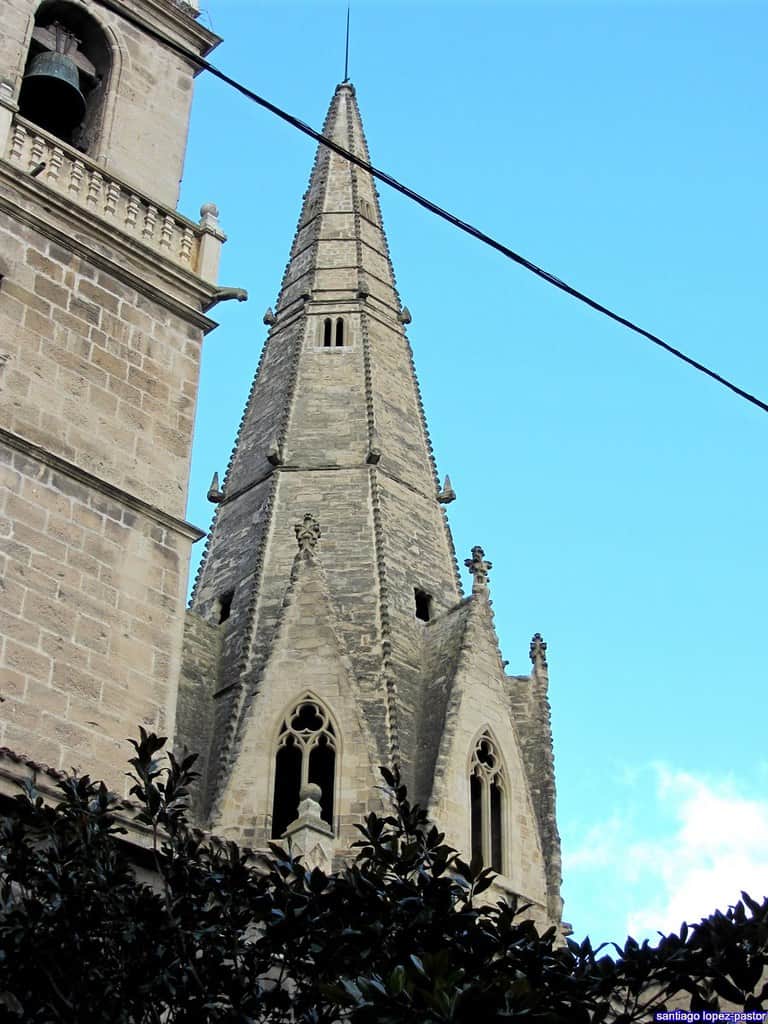
One of the other three churches that may be seen in the historic district of Logrono is called Santa Maria de Palacio.
Its most notable feature is an octagonal spire that locals of Logrono refer to as “la aguja” (which literally translates to “the needle”).
Only this church features a cloister, making it unique among its contemporaries.
Its history may be traced back to an earlier church known as Santa Maria la Vieja, established by the Order of the Holy Sepulcher.
The remnants of this earlier church were discovered in the cloister’s courtyard.
It would appear that the decision to build a new structure, the current Imperial Church of Santa Maria de Palacio, which was visited by Carlos I in 1520, was made possible thanks to a grant provided by Alfonso VII, also known as “The Emperor.”
This temple has a transept, a triple header, and three naves.
The transept is located in the center and has a straight head. At the same time, the triple header’s lateral octagonal naves communicate with each other.
The foot portion, which corresponds to the Romanesque works made toward the end of the 12th century or the beginning of the 13th century, is the oldest part of the structure.
At the turn of the 16th century, construction began on the church’s chevet and transept.
You should see most of the rest of the church reconstructed in the 18th century that still has some elements dating back to the latter half of the 15th century.
Address: C. Marqués de San Nicolás, 36, 26001 Logroño, La Rioja, Spain
La Rioja
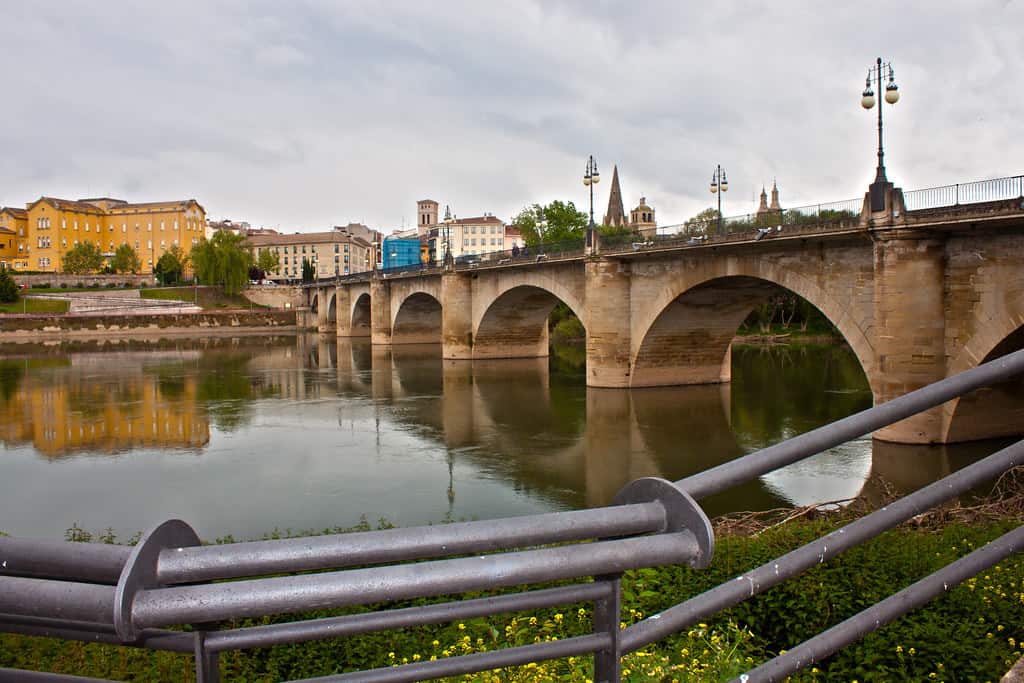
Discover the world-class wines produced here in La Rioja!
La Rioja label is one of the most widely exported from Spain. The sprawling vineyards of the La Rioja wine area are located southwest of Pamplona.
Since the Phoenicians first came to this area of Spain approximately 2,500 years ago, grapes have been turned into wine here.
When the industry received official approval from the King of Aragon and Navarra at the beginning of the 12th century, it finally began to take shape as it is known today.
The city of Logrono, known as the “wine center of the world,” is an excellent location to connect with the viticulture of La Rioja.
In the countryside of Spain, you may also visit wineries and cooperatives that will demonstrate how most of the country’s finest wines are produced.
There are wine cellars in the city known as bodegas, and they offer the opportunity to enjoy a glass of wine with your buddies while snacking on cheese or cured meat.
There is no better way to enjoy life than with a glass of fine wine in hand, which is undeniably deserving of your time and attention.
Address: La Rioja, Spain
Museo de la Rioja
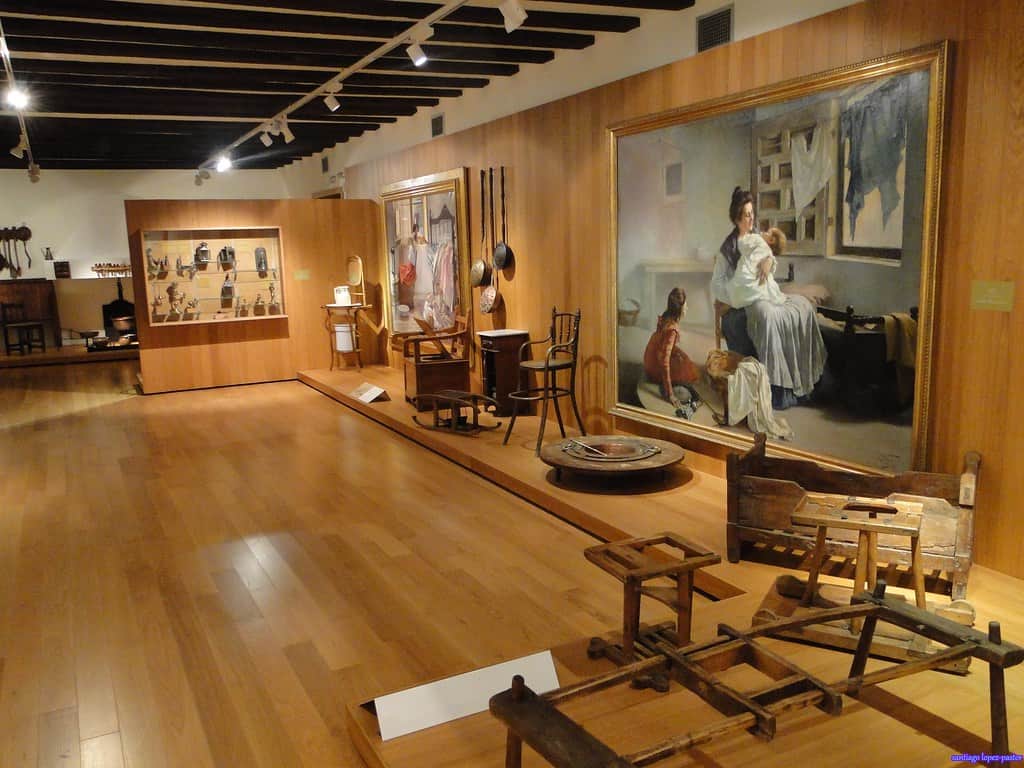
A voyage that takes you from the beginning of time up to the dawn of the twenty-first century.
The Museo de la Rioja, located just a few blocks from Calle Del Laurel, is a must-see for history buffs.
A beautifully restored 18th-century baroque mansion serves as the museum’s home, and it offers tours in English and Spanish that take visitors on a whirlwind tour of Riojan culture and history.
Highlights include intriguing Celtiberian stone carvings from the 5th century BCE, magnificent Roman statuary and jewelry exhibits, colorful medieval altarpieces, and opulent landscapes and scenic artworks from the 19th century.
Various portions, from pre-Roman times to the Renaissance and eventually the current age, are broken down.
Numerous historical artifacts are on display, including ancient tablets from the famed San Millán monasteries, old arrowheads, spears, sword collections, and Roman coins, all unearthed in La Rioja.
Make sure to add this to your itinerary! Even better, admission to this museum is free with the presentation of a valid passport.
Address: C/ San Agustín, 23, 26001 Logroño, La Rioja, Spain
Worn out by daily routines? Dreams are too important to leave on the table. Kick off your world travel by checking out our travel guide on the top countries to visit around the world. When traveling the globe, a stop in the United States is a must. There will always be something in America that could be a great fit for you and your family! You have to check out the popular states to visit in USA.
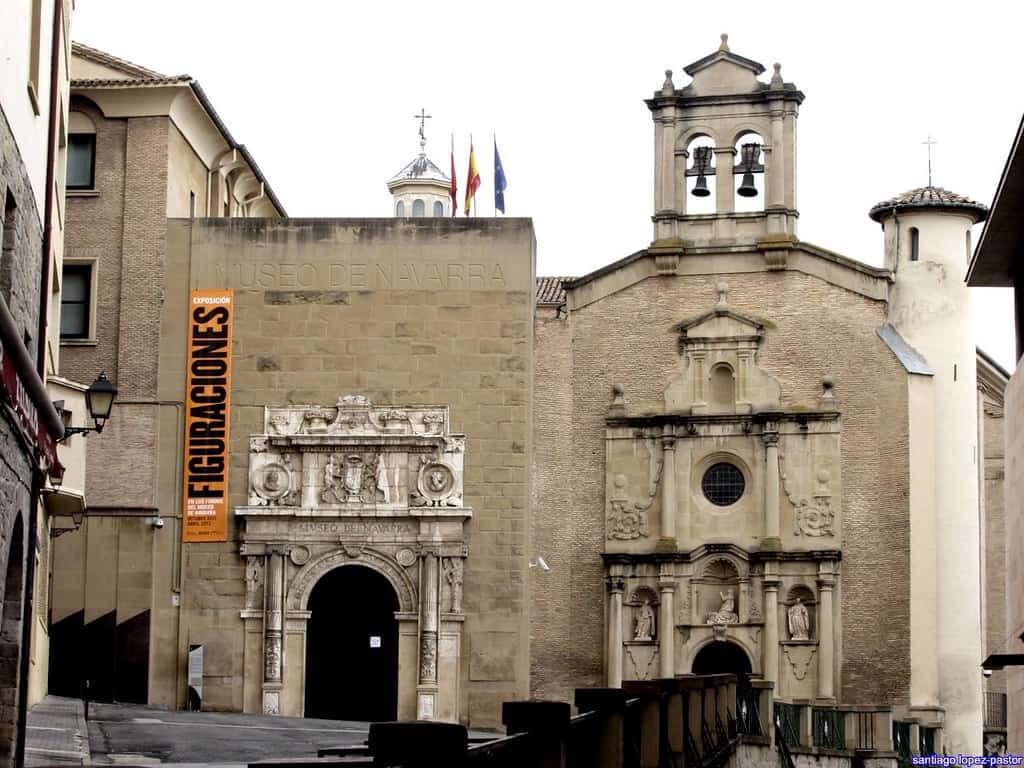
Bringing the past into the present is their goal.
The building that houses the Museum of Navarra can be found perched atop the slope that runs parallel to Santo Domingo Street.
This museum, located in Pamplona, puts the spotlight upon the whole history of mankind in the Navarre region and displays some fascinating remnants from the oldest church in Pamplona.
Large parts of the stonework from the Romanesque cathedral may be found inside this beautiful Renaissance hospital.
These chunks include the intricately carved capitals that once adorned the tops of the pillars in a cloister that has since been lost.
A mosaic depicting the Triumph of Bacchus that dates back to the 1st century and a Moorish ivory chest that dates back to the 1000s are both on display.
While the museum has a wide range of artwork on exhibit, one of the most interesting aspects is the Marquis de San Adrián portrait, painted by Francisco de Goya.
This is surely worth your while, so come and stop by sometime.
Address: Calle Cuesta de Santo Domingo 47
Parque del Espolón
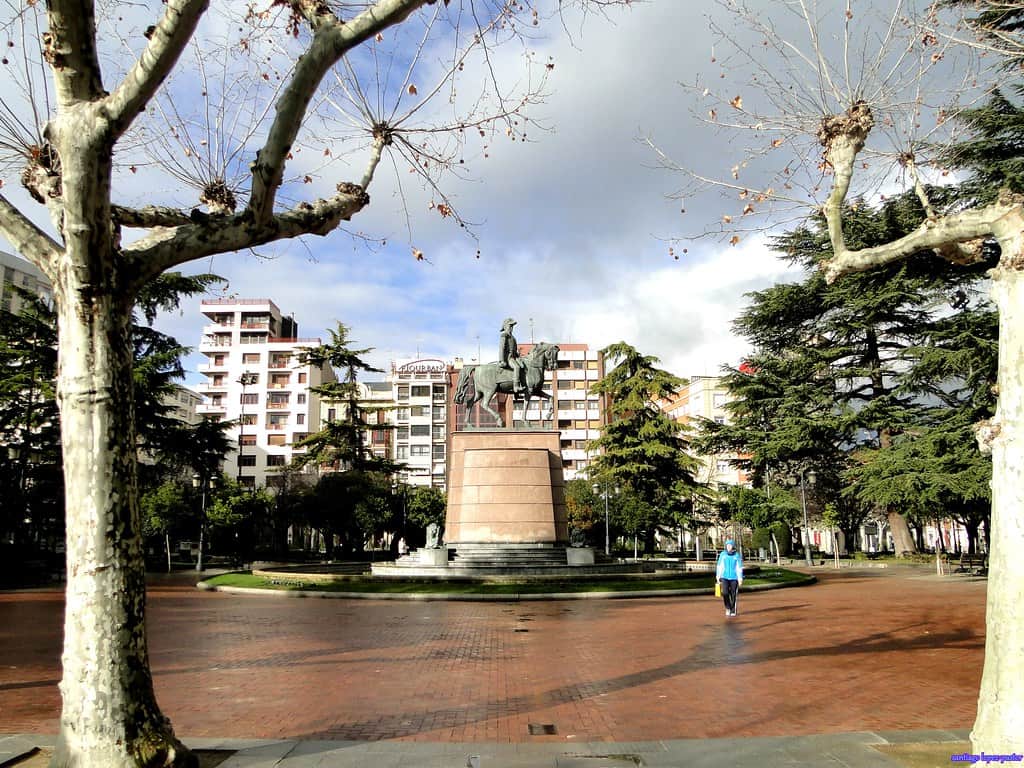
What better way to unwind after all that tapas and wine than with a stroll through the natural splendor that surrounds you?
Located in the city’s Old Town are the beautiful gardens of Paseo del Espolón, also known as Paseo del Principe de Vergara.
It was given the name Paseo del Espolón for its striking similarity to a well-known path located within Burgos.
Visit this park in the middle of September to participate in the Festa de San Mateo, Rioja’s annual wine festival, which showcases the process of traditional winemaking.
Don’t forget to stop by the monument to General Espartero located in the park while you’re here so you can grab a picture of it.
An impressive statue of General Espartero that dates from the nineteenth century, who resided in Logrono until he died in 1879, may be found here.
While you are in this area, don’t forget to stop by the central park in the city.
Address: 09003 Burgos, Spain
Pintxos
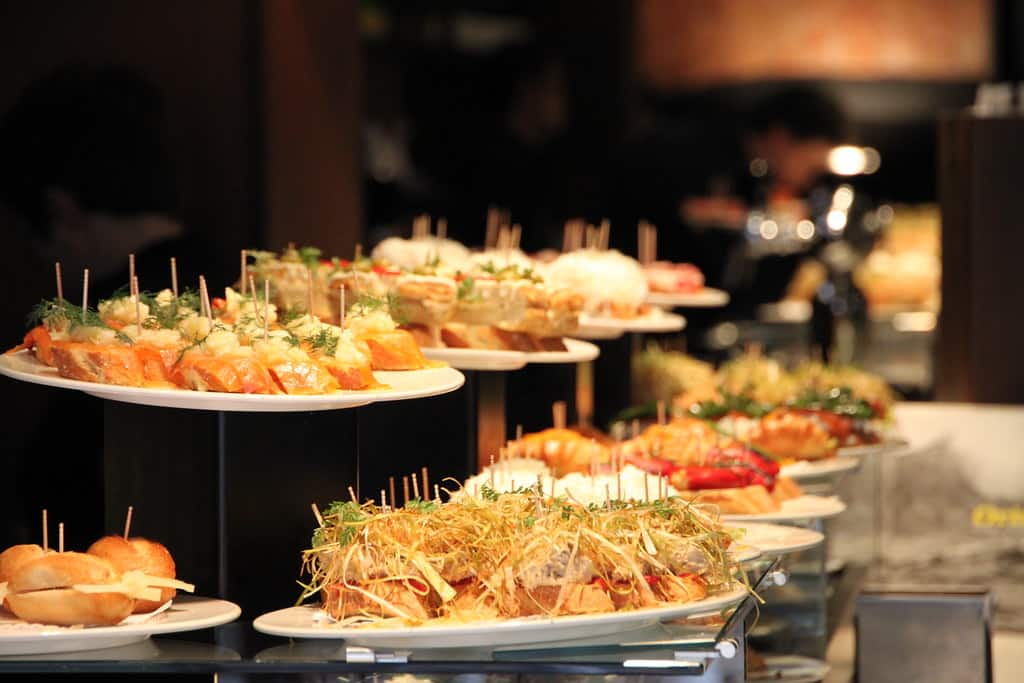
Always include a taste of the local cuisine when planning your vacation!
Tapas from northern Spain is known as “pinchos” because of the toothpicks commonly used to hold the little dishes together on a crusty bread slice.
Any time during the day or evening is a good time for friends to go out for pintxos. However, unlike in certain regions of Spain, such foods don’t really come free of charge with the drinks.
Especially in the more upscale bars, the cocktails can surprise you with their level of originality.
Try some txistorra, a spicy sausage native to the Basque area that is also a classic in the Navarre region, if you’re looking for something earthy and regional.
If you go out on a Thursday, many pubs participate in a promotion known as Juevintxo.
During this event, if you purchase a beer, you will receive a Pintxo at a discounted price to go along with it.
Plaza del Castillo
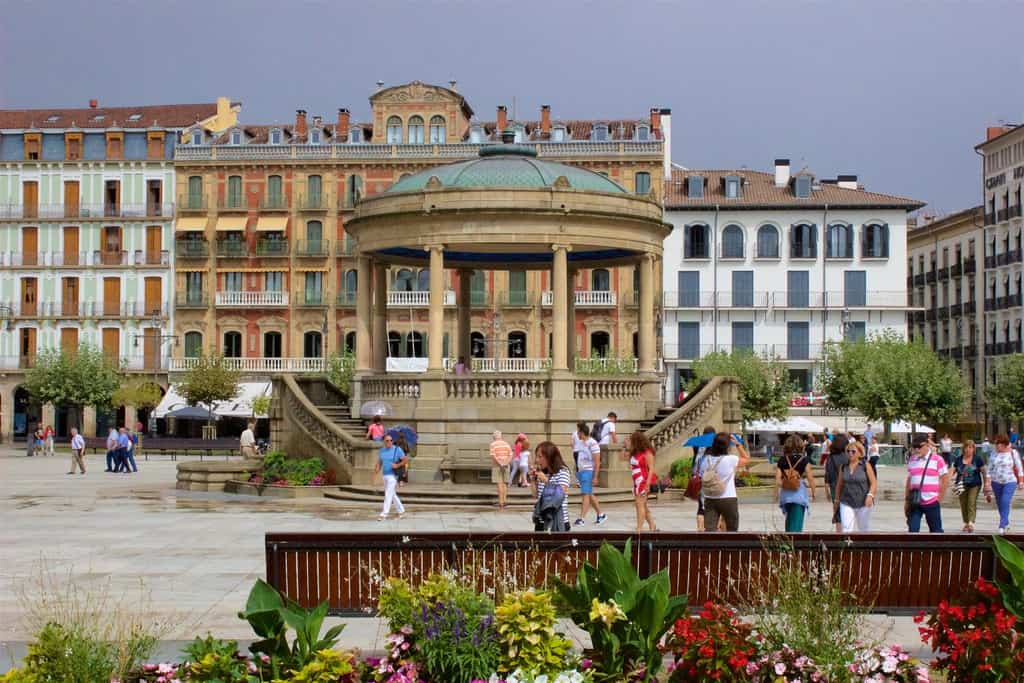
Residents of Pamplona frequently refer to the city’s central plaza as the “Cuarto de Estar,” or the Spanish for the living room, since it plays such an important role in the city’s social life.
It is located immediately to the south of San Cernin in San Nicolas and Navarrera, formerly occupied by medieval communities.
Pamplona’s about 14k square meters had been a hotspot for much of the city’s history.
Built by Luis Hutin in 1310, the castle that previously stood on the eastern portion of this plaza, close to Bajada de Javier, got its name from this plaza’s parade ground.
The plaza has arcades on all four sides, designed in the characteristic Spanish classical style.
There is a stretch of trees and lawns adjacent to cafes and restaurants with outdoor seating.
A stone bandstand can be found in the center of the plaza, and it is used to host performances every evening in summer, particularly those that take place during San Fermin.
Bullfights were held in the square until the mid-nineteenth century, giving it historical significance.
It is recommended to check out the restaurants and cafes near the area, which are great for late-night escapades!
Address: 31001 Pamplona, Navarra, Spain
Puente de Hierro
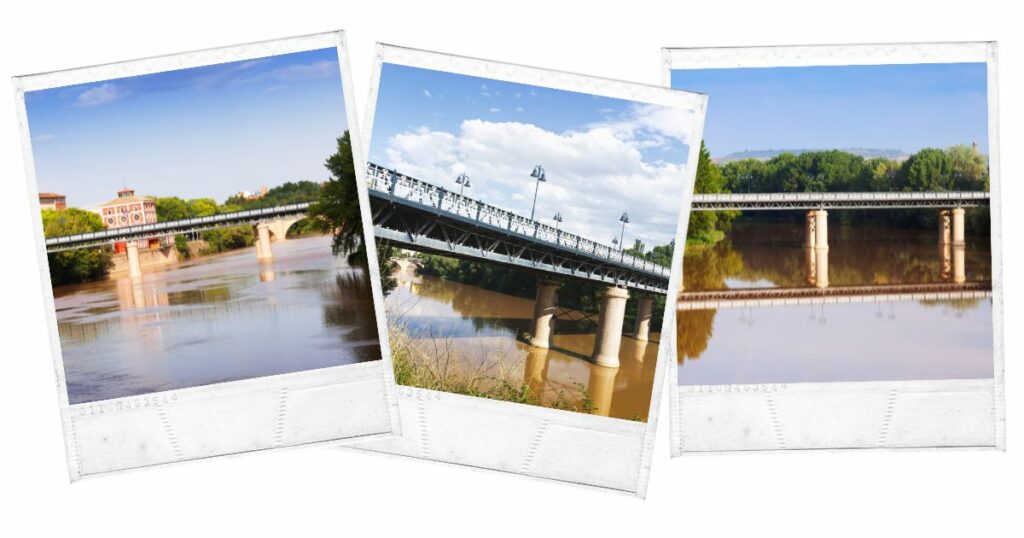
It’s a great area to walk and take in the scenery in Logrono.
The Hierro de Logrono Bridge is the most historical of the four bridges that span the Ebro river as it travels through the city of Logrono, which serves as the capital of La Rioja.
It was first opened for traffic in 1882 and is also referred to as the Puente de Sagasta.
This much-needed push to improve Logroo’s economic ties with the northern part of the country was the brainchild of Sagasta, who led the liberals and was the driving force behind this initiative.
Engineer Fermin Manso de Zúñiga was the individual who was selected to design the ironwork, and he’s the one who came up with a solution to span the 330-meter-wide river at this particular point in its course.
The same person would be in charge of reworking the framework of the final bridge, which is the one located a few meters further along.
Visit the city center and the Stone bridge from the Iron Bridge, which is particularly popular with pilgrims.
Address: 26001 Logroño, La Rioja, Spain
Puente de Piedra
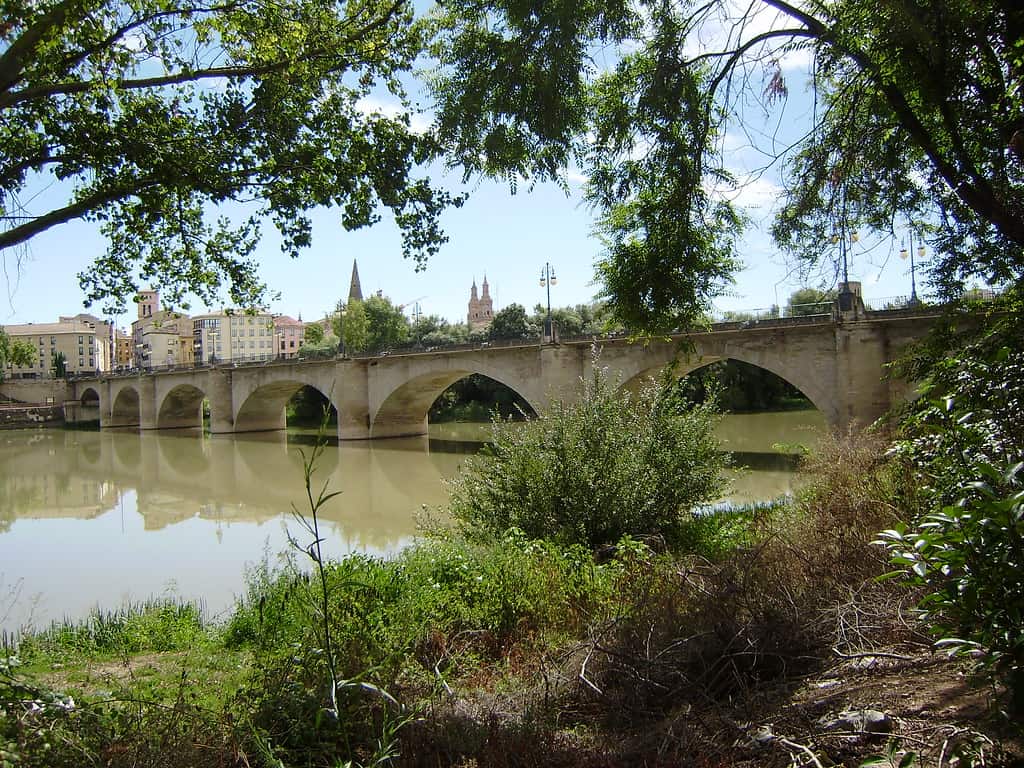
Would you dare to pass the bridge of the lions?
The Puente de Piedra or the Stone Bridge, also known as the Bridge of Lions, is one of Logrono’s most prominent landmarks.
It is one of four bridges spanning the Ebro River as it runs through La Rioja’s capital, Logrono.
As a result, it is also known as Puente de San Juan de Ortega, which refers to a chapel that stood on its left bank and was dedicated to a saint who is said to have been responsible for its construction.
After the old bridge collapsed in 1871, Fermin Manso de Ziga built the current structure in 1884.
In the city coat of arms, you’ll see a stone bridge, and it’s also where pilgrims traveling the Camino de Santiago cross over to get to town.
It is 198 meters long and contains seven arches in the middle of the cylindrical pillars to allow as much water as possible to flow through it.
Join the few locals who like to view the Ebro River at sunset and at night!
Address: 50001 Zaragoza, Spain
Running of the Bulls
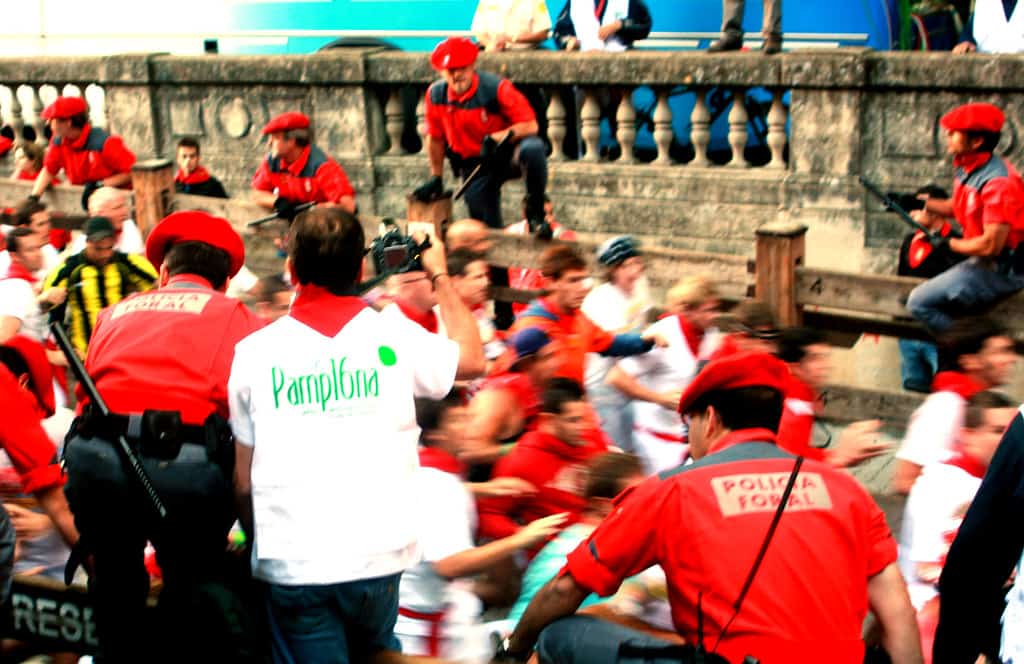
Take part in the annual pilgrimage of hundreds and thousands of Spaniards to this little town in northern Spain for the running of the bulls.
Pamplona doesn’t sleep for nine days every summer.
If you have been to a lot of crazy parties and festivals in Spain, San Fermin is by far the craziest, wildest, and most packed one you’ll ever go to.
This is the city’s most famous sight, made famous by Ernest Hemingway’s short story “The Sun Also Rises.”
This event will take place during the San Fermin Festival, which begins on July 6 and lasts through July 14.
Since the beginning of the festival, bull runs have been held daily until its conclusion.
They are freed from their corral and race the 825-meter route through Pamplona’s ancient town before being slaughtered afterward in the bullring.
Running with bulls is a perilous pastime that results in hundreds of injuries each year.
Participants wear white uniforms with neckerchiefs carrying the emblem of the city they represent.
Be sure to take advantage of this once-in-a-lifetime opportunity and enjoy yourself during your stay.
Address: Pamplona, Spain
Sala Amós Salvador
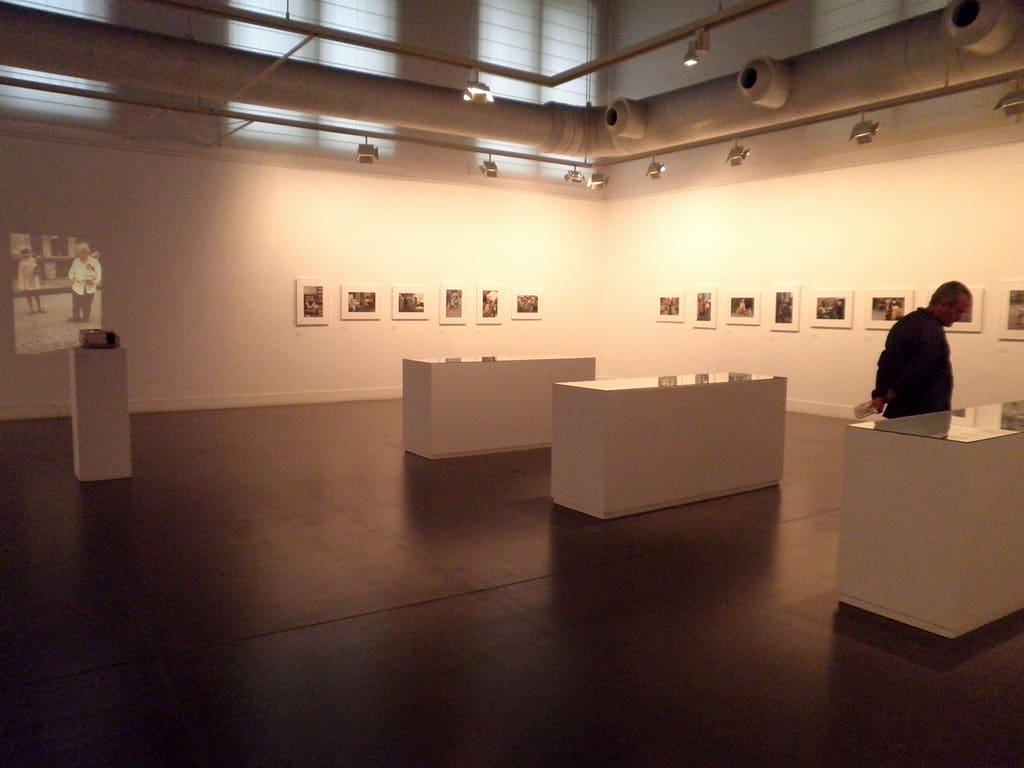
Explore the work of renowned artists from across the world, as well as local and up-and-coming artists.
The architectural complex that is now home to the Sala Amós Salvador dates back to the beginning of the first period of the 14th century when it was still used as the La Merced convent.
Once again, the municipal property was included in the initial request for buildings to be maintained in the Special Plan for Logroo’s Historic Center after various assignments and renovations.
After decades of being used as a hospital, convent, warehouse, jail, barracks, and tobacco factory in the past, a magnificent edifice was brought back to its former glory in 1979.
The West Room was established as a tobacco factory’s drying warehouse in the late 19th century.
Thus, it launched the first step as a multidisciplinary cultural space connected to the newly conquered democracy’s practices.
As a result of the expansion of the city’s cultural infrastructure, it has been renamed Sala Amós Salvador and has been exclusively used for plastic arts since May 1988.
There are large exhibition halls and performance venues for touring exhibits and concerts.
Local artists and newcomers are just as important as artists from across the country and the world, so be sure to check them out as well.
Address: C. Once de Junio, 4, 26001 Logroño, La Rioja, Spain
San Fermín Procession
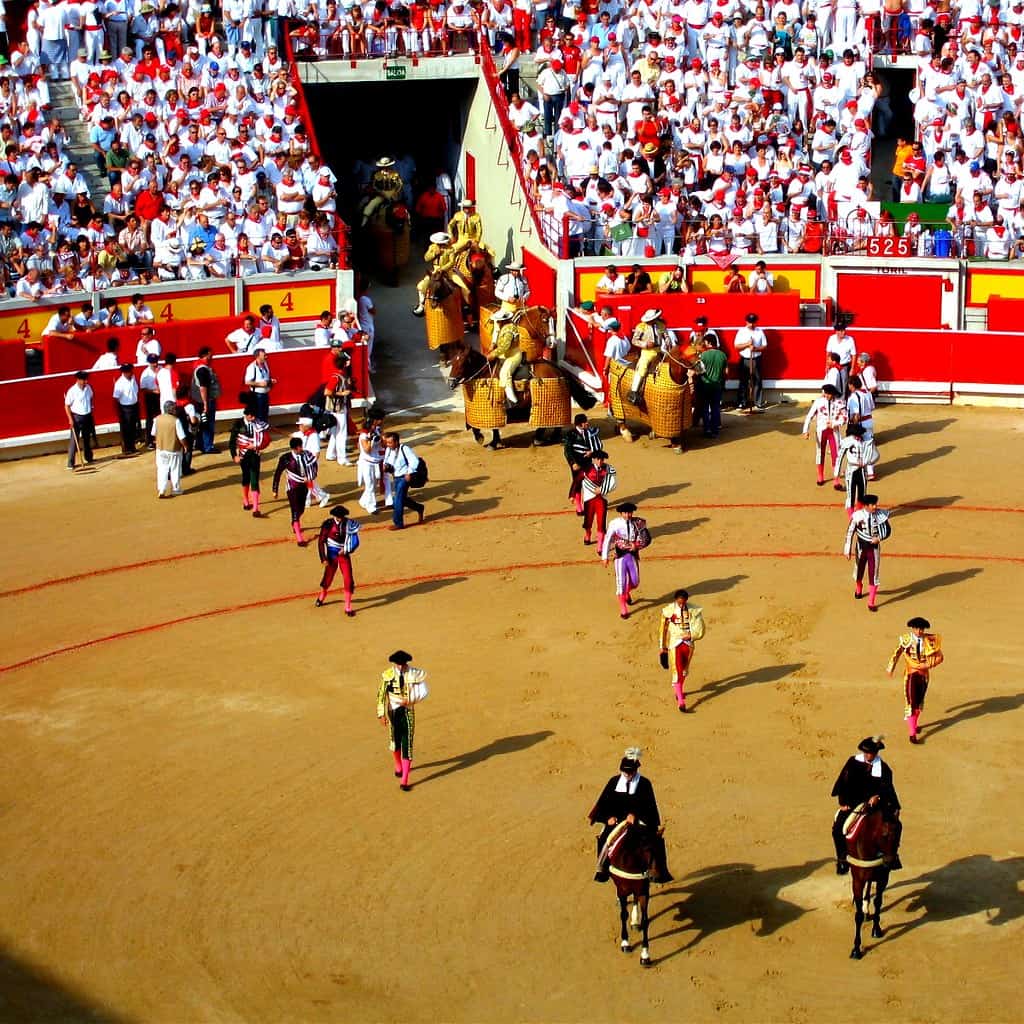
It’s the scene that stays with you for a long while after you’ve seen it!
Every year, hundreds gather to follow Saint Fermin through Pamplona’s historic Old Quarter for the annual San Fermin Procession.
In honor of Saint Fermin, a lengthy procession departs from the Church of San Lorenzo. It makes its way through the city of Pamplona.
Because of the festival’s feeling of formality and the excitement of the masses who have gathered to watch it, this is another important event that takes place throughout the celebration.
In addition to spontaneous chanting and singing from the crowd, a variety of musicians, including the official brass band of the city, will be marching through the streets performing their music.
The Giants, which are gigantic figures made of paper-maché and typically date back several decades or even centuries, are also included in the procession.
Nearly everyone will be dressed in white clothing and a red scarf for the parade, and the masses that line the road will be several people deep.
This festival will give you the best opportunity to learn about the pomp and grandeur of this one-of-a-kind parade and to take pleasure in the San Fermin Festival in the same manner as the locals do.
Address: Pamplona, Spain
San Sebastián
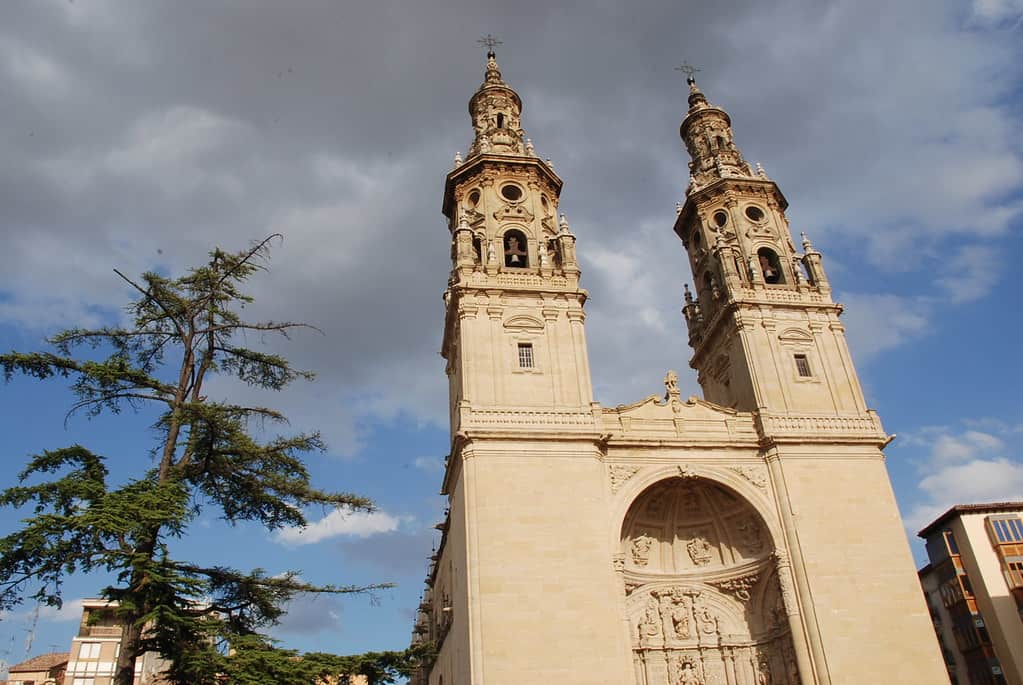
Check out the family vacation spot where generations of Spain’s wealthy have spent their summers!
Two alluring beaches of golden sand can be found in San Sebastián, and both are located in Concha Bay.
The waves in the Atlantic Ocean are calm here because Santa Clara Island, which can be seen at the mouth of the harbor, acts as a barrier to the strong currents.
During the day, you can either laze away the hours by the seaside or climb one of the many headlands or small mountains that give the environment a sense of greatness.
A magnificent and unobstructed view of the harbor and the city may be had from the highest point on Igueldo, which faces west.
You’ll have free reign over the culinary capital of Spain in the evening, a city whose cuisines have a popularity that is second only to that of Paris.
Address: San Sebastián
Sória
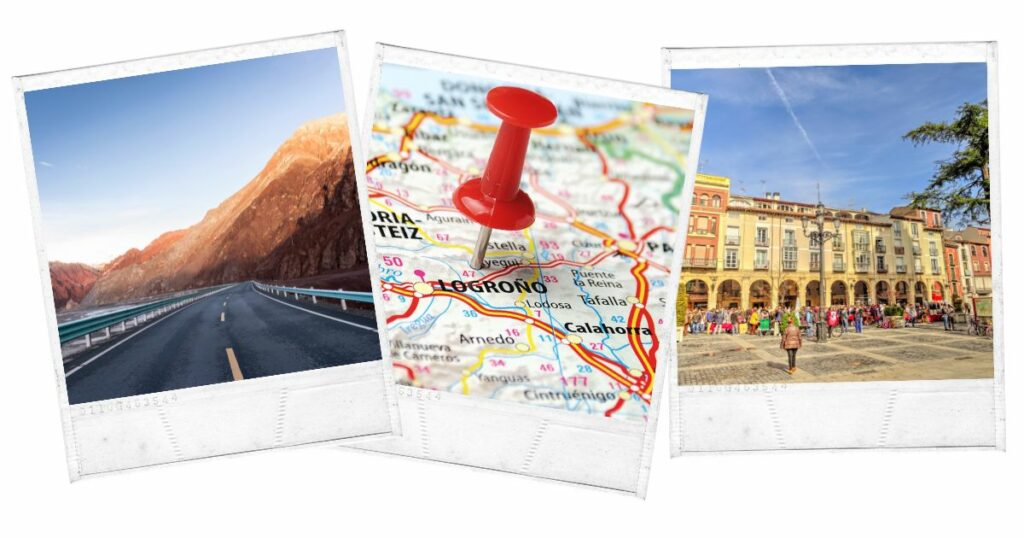
If you’ve never heard of Sória before, you’re missing out.
It’s an hour and a half drive south of Logrono in the Castilla y León province, accessible by vehicle or bus.
Located on the banks of the River Duero in the ancient city of Soria, which has an important Romanesque group of structures as well as stunning specimens of civil architecture, this natural area is a must-see.
Soria is located on the banks of the Duero River and still possesses a significant Romanesque history in the form of a network of ancient alleys.
The church of Santo Domingo, located in the city’s historic core, is one of the most important in the city and is regarded as one of the best Romanesque structures ever built.
Be sure to see the Plaza Mayor, Santa Maria and San Juan de Rabanera churches, as well as the San Juan de Duero convent ruins.
Address: Sória, Spain
Taconera Gardens
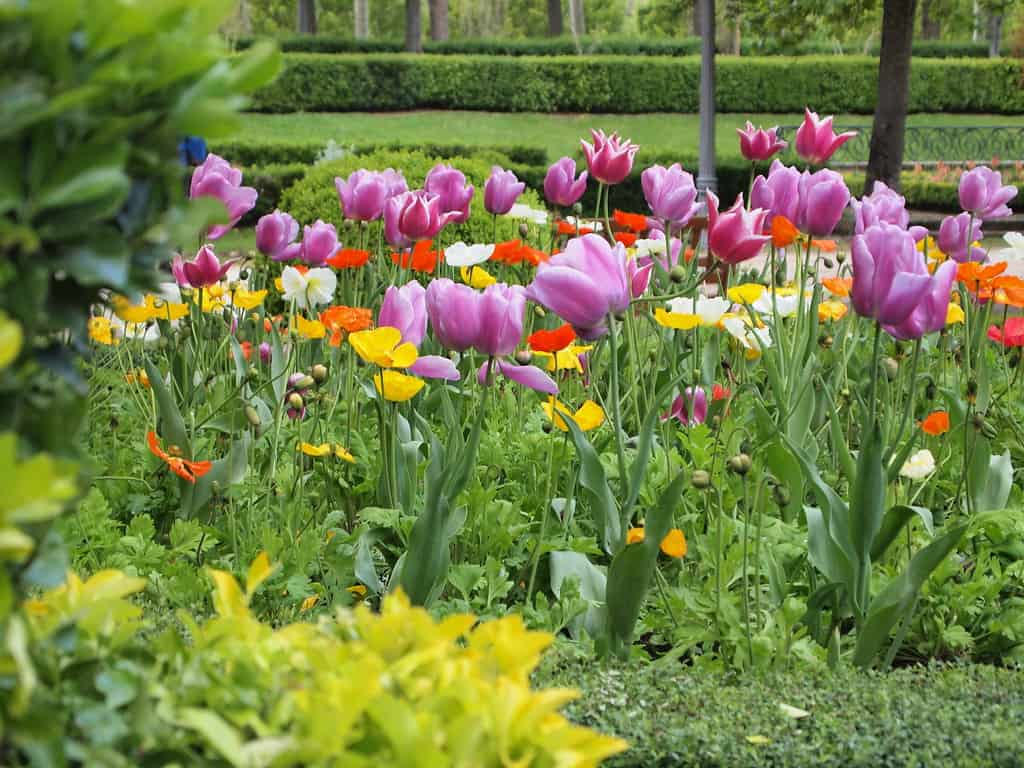
Come and lose yourself in the grandeur of this garden!
Orchard designed in the style of France and located in the heart of Pamplona, the Taconera Gardens are the city’s oldest public green space.
Even though they were designed in 1830, they have managed to keep their romantic air.
The Taconera Bastion was relocated to its current location following the building of the walled barrier. It was later incorporated into the gardens during the 19th century.
Beech trees, magnolias with leafy branches, and a ginkgo Biloba are some of the tree species that may be seen there.
As you make your way through the woods, you will come across holly bushes, laurels, and an enormous sequoia tree.
The Japanese pagoda is one of the most eye-catching trees, and it can be found at the lovely Café Vienés, which was formerly a bike rental kiosk.
The little open-air zoo that is housed within the moats of the medieval castle is one feature that is certain to please you on your visit!
Address: C. Taconera, 6, 31001 Pamplona, Navarra, Spain
Teatro Bretón de los Herreros
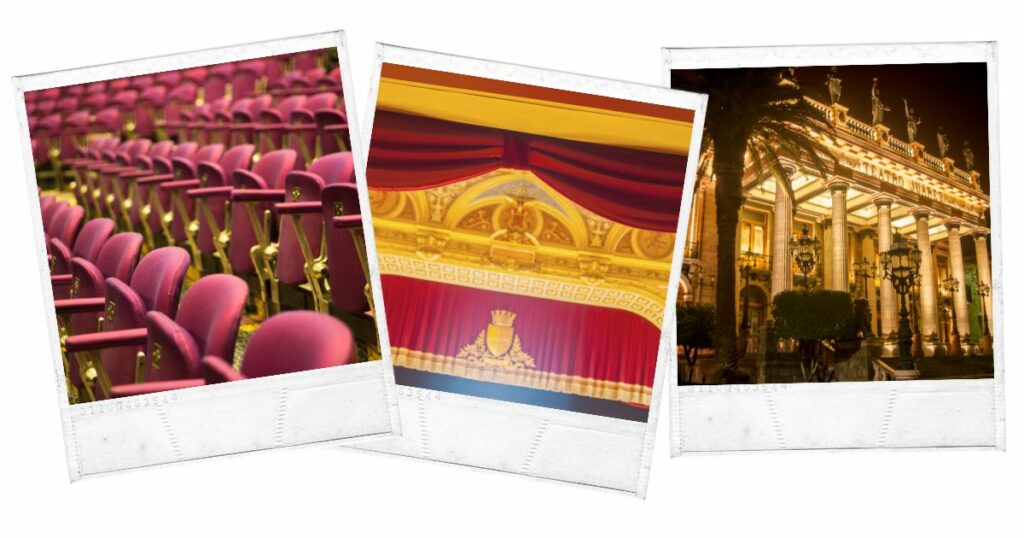
Be sure to stop by this theater because it has a lot to provide for its patrons.
Many of the city’s landmarks, like the Bretón de Los Herreros Theater and many others, were built as a result of the town’s economic prosperity and growing demand for cultural offerings.
In 1840, it was decided to renovate the 15th-century Church of the Convent of San Agustin, and the plan was accepted the following year.
The Breton Theater opened its doors to the public in May 1842 and was completed in 1861.
It had 700 seats and a horseshoe-shaped chamber arrangement.
It is a three-story masonry stone building with an arched semicircular entrance flanked by pilasters.
The façade is divided into three axes of holes.
The annual “Garnacha de Rioja” national theater competition is held.
The Breton Theater and the Hall of Columns are the two main rooms in the theater.
Quintana Theater was the name given to the new venue.
However, it was more commonly referred to as the “theater principal.”
A vast range of cultural offerings, including theater festivals, movies, and exhibition halls, may be found there today.
Address: Calle Bretón de los Herreros, 11, 26001 Logroño, La Rioja, Spain
Urbasa Andía Natural Park
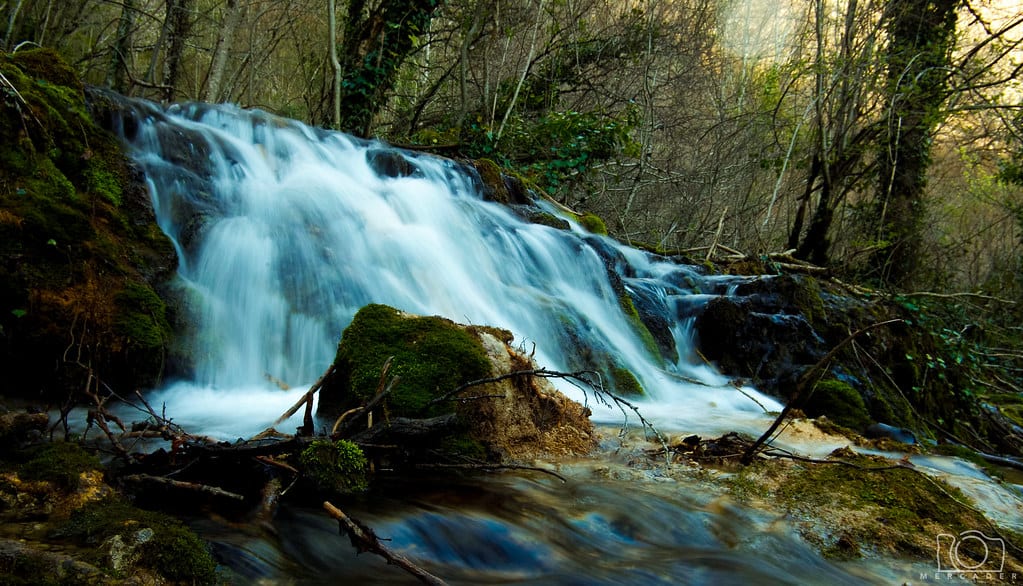
Get out and explore the park’s best hiking trails and most tranquil spots!
The Urbasa and Anda mountain ranges converge about an hour west of Pamplona.
A mossy beech forest and verdant pastures form an elevated passage in the middle of the high land.
It is a picture-perfect setting that is thick with greenery and is the origin of a number of the rivers that flow through the region.
The karstic geology of the park offers several breathtaking natural landmarks, such as gorges with high walls, lofty waterfalls, and dreamlike pools of blue water, all of which may be found throughout the park.
The vast majority of the rivers and streams that eventually make their way through the territory of Navarre had their origins in this region.
The most breathtaking scenery may be seen at the headwaters of the Urederra River, where a spring plunges 100 meters down a waterfall that is surrounded by trees such as maple, hazelnut, oak, elm, and yew.
Address: 31810, Navarre, Spain
Vinos El Peso
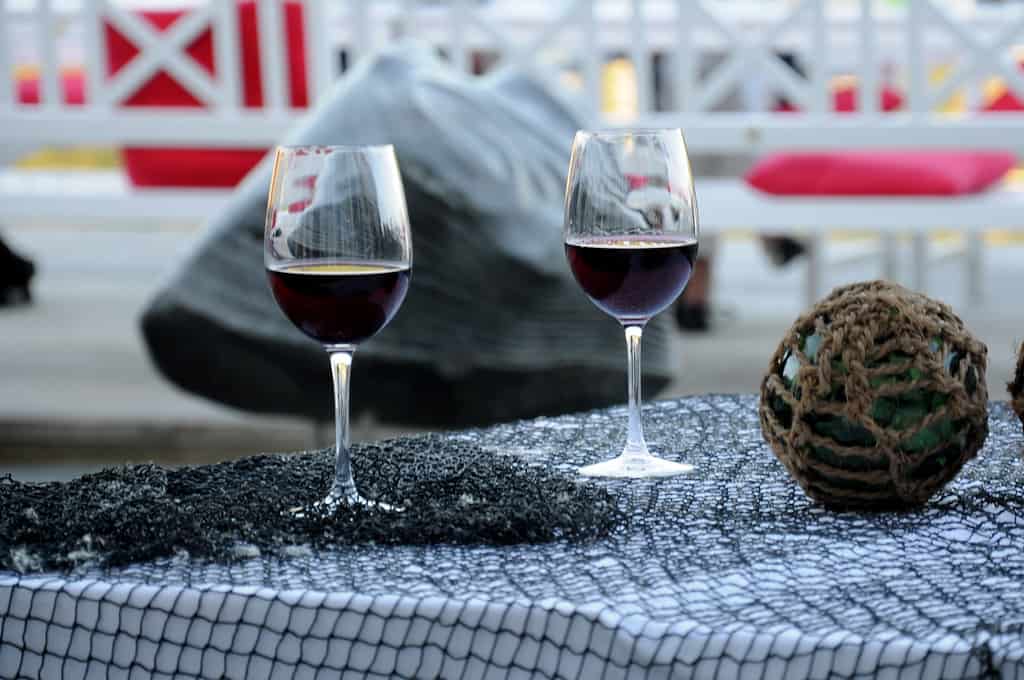
Go out and buy some local wine!
Vinos El Peso is one of the most recommended places in this area to go shopping for wine because it carries a wide selection of both regional wines and vermouths.
Although there are a great number of wine stores in this town, this one stands out due to the extensive selection of high-quality Rioja labels that it carries.
Logrono is a majestic town in the midst of wine country, and its center is comprised of squares lined with trees, small lanes, and secret corners.
During September, the San Mateo festival, also known as the Grape Harvest Festival, draws in celebrants from across Spain and worldwide who come to appreciate customs and activities that date back hundreds of years.
Since you are currently in the Rioja region, you just cannot depart without picking up a few bottles of Rioja’s world-renowned wines.
Is there anything else holding you back from making Logroño, Spain, your next vacation destination? Hop over to why visit Logroño, Spain, at least once in your lifetime here.
Address: Calle el Peso, 1, 26001 Logroño, La Rioja, Spain

